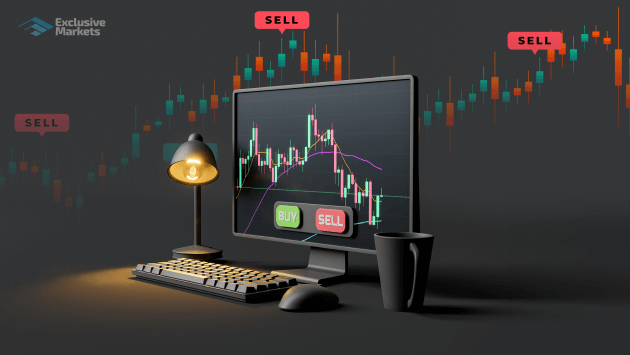
Understanding Forex Trading Options: A Guide for Beginners
Forex trading options provide a unique way to engage with the currency market, allowing traders the flexibility to hedge risks and speculate on price movements. As the foreign exchange market continues to grow, many traders look for innovative instruments to increase their profitability. This article will delve into the intricacies of Forex trading options, discussing their advantages, strategies, and the essential factors to consider before entering the market. For those interested in discovering reliable platforms, forex trading options Trading Brokers in Qatar can be invaluable resources.
What Are Forex Trading Options?
Forex trading options are financial derivatives that give the trader the right, but not the obligation, to buy or sell a currency pair at a predetermined price within a specific timeframe. This feature distinguishes options from traditional trading methods where a trader is obligated to buy or sell. The main types of Forex options are:
- Call Options: These give the holder the right to purchase a currency pair.
- Put Options: These give the holder the right to sell a currency pair.
Options can be used for various strategies ranging from speculation to hedging. They are a great choice for traders who seek to mitigate risks while maintaining the potential for significant profits.
Advantages of Trading Forex Options

Forex options come with distinct advantages that can enhance a trader’s experience:
- Flexibility: Traders can choose different strike prices and expiration dates according to their trading strategies and market conditions.
- Limited Risk: When purchasing options, the trader’s risk is limited to the premium paid for the option, thus providing a safety net against significant losses.
- Leverage: Options provide significant leverage, allowing traders to control large positions with a relatively small investment.
- Hedging: Options can be effectively utilized to hedge against potential losses in the underlying currency positions, offering a layer of protection.
Basic Terminology in Forex Options Trading
Understanding the terminology used in Forex options trading is crucial for making informed decisions. Here are some key terms:
- Strike Price: The price at which the holder of the option can buy (call option) or sell (put option) the underlying currency.
- Expiration Date: The date by which the option must be exercised or it becomes worthless.
- Premium: The price paid for the option itself, which is the maximum risk a trader faces when buying an option.
- In the Money (ITM): An option that has intrinsic value. For a call option, this means the market price is above the strike price; for a put option, it’s below.
- Out of the Money (OTM): An option that has no intrinsic value. A call option is OTM if the market price is below the strike price; for a put option, it’s above.
Strategies for Trading Forex Options
To be successful in Forex options trading, it is essential to employ effective strategies. Here are a few popular strategies:
- Covered Call: This involves holding a long position in a currency pair while simultaneously selling call options on that same position to generate income from premiums.
- Protective Put: Traders purchase a put option while holding a currency position to safeguard against potential drops in value.
- Straddle: This strategy involves buying both a call and put option for the same currency pair, expecting a significant price movement in either direction.
- Strangle: Similar to a straddle but involves buying out-of-the-money call and put options, allowing traders to profit from larger price movements.

Factors Influencing Forex Options Prices
Several factors can influence the prices of Forex options:
- Volatility: Higher volatility increases the premiums of options, as large price swings improve the chances of an option ending in the money.
- Time Decay: As the expiration date approaches, options lose value due to time decay. Options that are not in the money usually suffer more quickly.
- Interest Rates: Changes in interest rates can impact currency prices and, thereby, the pricing of options.
- Currency Strength: The strength of the currencies involved will influence option valuations. For example, major economic releases can lead to swings in currency strength.
Common Mistakes to Avoid in Forex Options Trading
While Forex options trading presents opportunities, it’s also fraught with pitfalls. Here are common mistakes to avoid:
- Lack of Research: Failing to conduct thorough research and analysis can lead to poor trading decisions.
- Not Understanding Options Pricing: A strong grasp of how options prices are determined can prevent unnecessary losses.
- Overleveraging: Although options can provide leverage, overusing it can magnify losses.
- Ignoring Expiration Dates: Not paying attention to expiration dates can result in options becoming worthless without being exercised.
Conclusion
Forex trading options offer traders enhanced flexibility and risk management opportunities in the foreign exchange market. By understanding the mechanics, advantages, and strategies associated with Forex options, traders can navigate the complexities of this financial instrument more effectively. Continuous education and practice are vital for success in the ever-evolving landscape of Forex trading.
